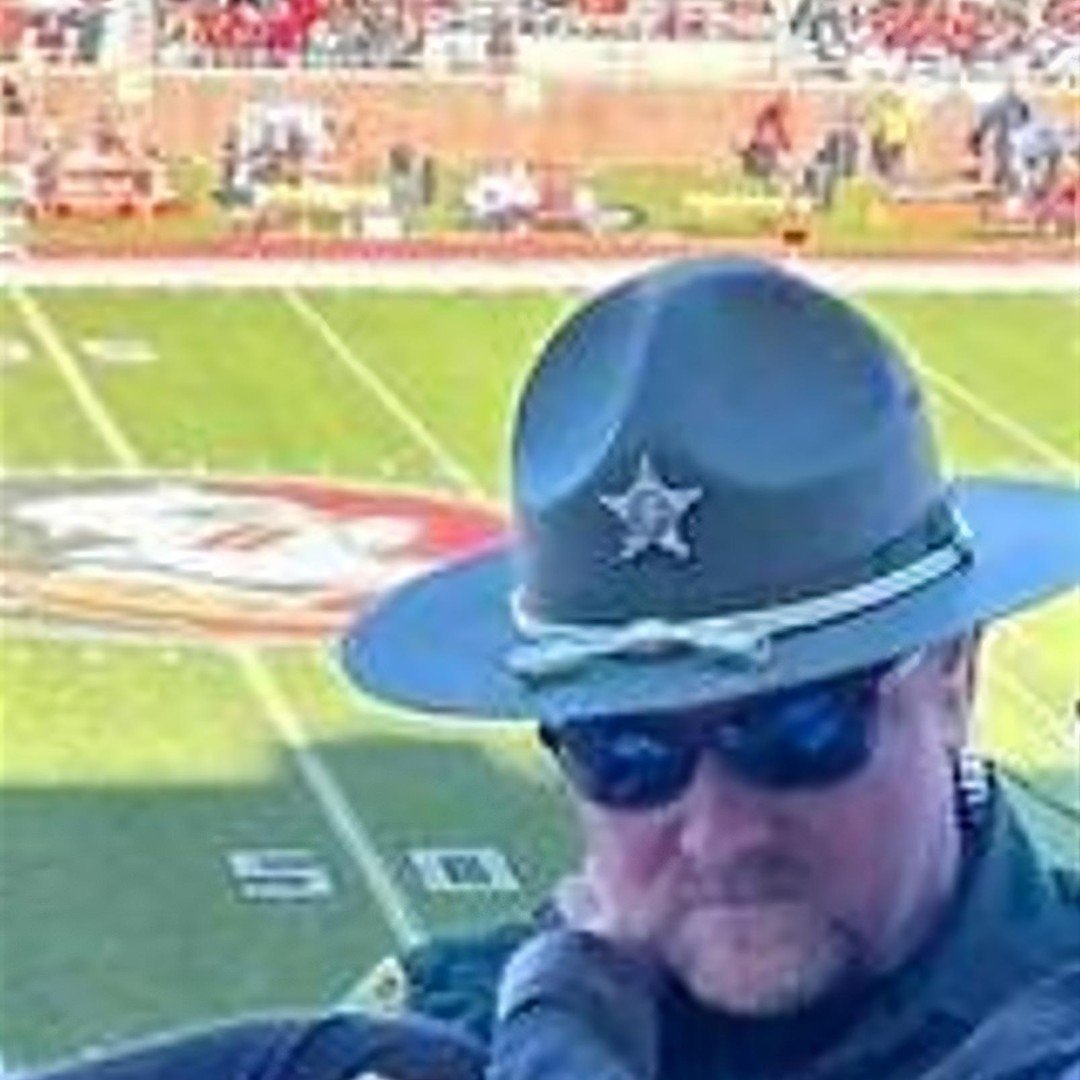During a football game in Florida, a photo of a deputy wearing a uniform with a prominent “Thin Blue Line” patch sparked a nationwide conversation. This symbol, once a simple sign of police solidarity, now carries complex and sometimes conflicting meanings.
The Thin Blue Line was originally designed to honor law enforcement officers’ bravery and sacrifice. Many see it as a tribute to those who protect communities and to fallen officers. It represents unity among police, standing as a barrier between order and chaos.
Over time, though, the patch’s meaning has evolved. Some critics argue it has become a symbol opposing police reform and a political statement that can undermine efforts for justice and equality. This shift has made the patch controversial, especially when displayed in public or at community events.
The Florida deputy’s patch brought these tensions into focus. Supporters praised the officer for showing pride and boosting morale. Others felt the patch was out of place at a family event and might alienate some community members.
This debate mirrors a broader issue in society: symbols can mean very different things depending on who you ask. Police forces across the US have taken varied approaches—some keep the patch as part of the uniform, while others restrict it to avoid controversy.
The photo highlights how officers must balance personal expression with public perception. In today’s climate, even a small emblem can carry a powerful message—one of courage for some, division for others.
While the deputy likely didn’t aim to spark debate, the image reminds us how symbols can quickly become political. Moving forward, understanding and respectful dialogue are key to bridging divides and shaping shared values.


